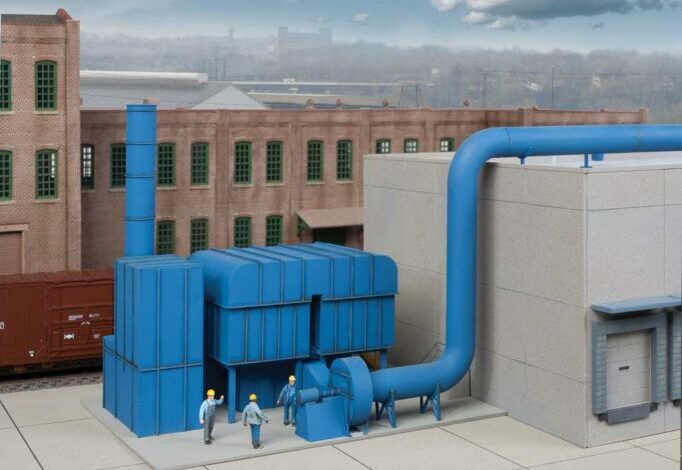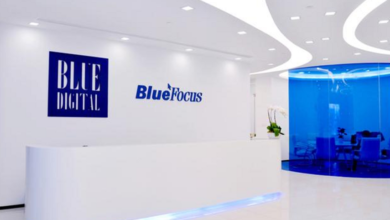A Cornerstone of Air Purification in Modern Industry

Industrial vacuum cleaners have revolutionized how industries maintain cleanliness and hygiene. Beyond just a tool for removing debris, these machines play a crucial role in air purification, directly contributing to safer and more efficient work environments.
The Role of Industrial Vacuum Cleaners
Industrial vacuum cleaners are specialized devices designed to handle heavy-duty cleaning tasks in various industrial settings, including manufacturing plants, warehouses, construction sites, and more. They differ significantly from household vacuum cleaners in their design, power, and capabilities.
Key Features
- High Suction Power: Industrial vacuums come with powerful motors that generate significant suction, capable of picking up large amounts of dust, debris, and even hazardous materials.
- Durability: Built to withstand harsh conditions, these vacuums are constructed from robust materials, making them suitable for rugged industrial environments.
- Versatility: They can handle a variety of substances, including liquids, fine dust, heavy particles, and even toxic materials, making them indispensable in industries where contamination control is critical.
- Advanced Filtration Systems: Modern industrial vacuum cleaners often incorporate sophisticated filtration technologies, such as HEPA filters, which capture fine particles and contribute significantly to air purification.
Industrial Vacuum Cleaners and Air Purification
Air purification is a critical aspect of maintaining a healthy industrial environment. Poor air quality can lead to health problems for workers, reduce equipment lifespan, and even affect product quality. Industrial vacuum cleaners contribute to air purification in several ways:
Dust and Particle Removal
Industrial processes often generate dust and particulate matter, which can become airborne and contribute to poor indoor air quality. Industrial vacuum cleaners effectively capture these particles at the source, preventing them from dispersing into the air and being inhaled by workers.
Filtration Systems
The filtration systems in industrial vacuums are designed to trap even the smallest particles, including those that are invisible to the naked eye. High-Efficiency Particulate Air (HEPA) filters, for instance, can capture particles as small as 0.3 microns with 99.97% efficiency. This level of filtration ensures that the air exhausted from the vacuum is cleaner than the air taken in, thus improving the overall air quality.
Handling Hazardous Materials
In industries that deal with hazardous substances, such as chemicals, asbestos, or biohazards, specialized industrial vacuums with appropriate filtration systems are used to safely remove and contain these materials. This containment prevents hazardous particles from contaminating the air and surrounding environment.
Applications in Various Industries
Manufacturing
In manufacturing, industrial vacuums are essential for removing dust, metal shavings, and other by-products of production. By keeping the workspace clean, they not only protect worker health but also reduce the risk of machinery malfunctions and improve product quality by maintaining a contaminant-free environment.
Pharmaceuticals
The pharmaceutical industry requires stringent cleanliness standards to prevent contamination of drugs and equipment. Industrial vacuum cleaners with advanced filtration systems are used to maintain these high standards, ensuring that air and surfaces remain free from dust and other potential contaminants.
Construction
Construction sites are notorious for dust and debris. Industrial vacuums help manage this problem by removing dust at the source and preventing it from spreading. This is particularly important for indoor construction projects where air quality must be controlled to protect both workers and future occupants.
Future Trends in Industrial Vacuum Cleaners and Air Purification
The evolution of industrial vacuum cleaners is closely tied to advancements in air purification technology. Future trends include:
- Improved Filtration Technology: Continued advancements in filter technology will enhance the ability of industrial vacuums to capture smaller particles and more hazardous materials, further improving air quality.
- Integration with IoT: Internet of Things (IoT) technology is likely to be integrated into industrial vacuum cleaners, allowing for real-time monitoring of air quality and more efficient maintenance schedules.
- Energy Efficiency: As industries strive for sustainability, the development of more energy-efficient industrial vacuums will reduce energy consumption without compromising on performance.
- Automated Systems: Robotic vacuum cleaners for industrial use could become more prevalent, automating the cleaning process and allowing for continuous air purification without human intervention.
Conclusion
Industrial vacuum cleaners are more than just cleaning tools; they are essential components of air purification systems in modern industry. By effectively removing dust, debris, and hazardous materials, they ensure that industrial environments remain safe, healthy, and productive. As technology continues to evolve, these machines will become even more integral to maintaining high standards of air quality in various industrial settings.
Key Takeaways
- Industrial vacuum cleaners play a crucial role in air purification by removing dust, debris, and hazardous particles from industrial environments.
- Advanced filtration systems, such as HEPA filters, are central to their effectiveness in capturing fine particles.
- Applications span multiple industries, including manufacturing, pharmaceuticals, and construction, each benefiting from improved air quality and safety.
- Future trends will see enhancements in filtration technology, IoT integration, energy efficiency, and automation, further elevating their role in air purification.
Industrial vacuum cleaners are not just about cleaning—they are pivotal in maintaining the air quality that ensures the well-being of workers and the efficiency of industrial processes.





